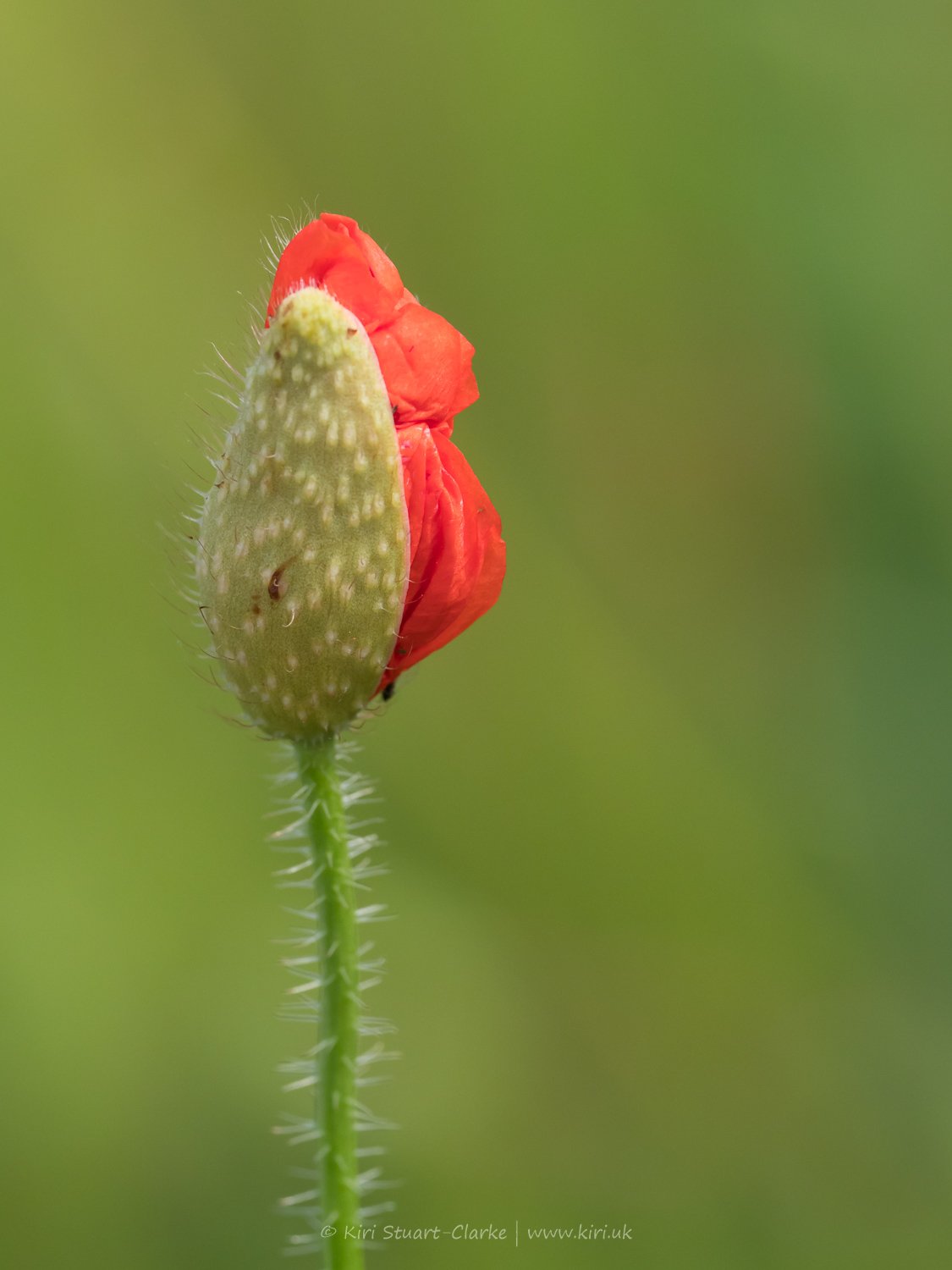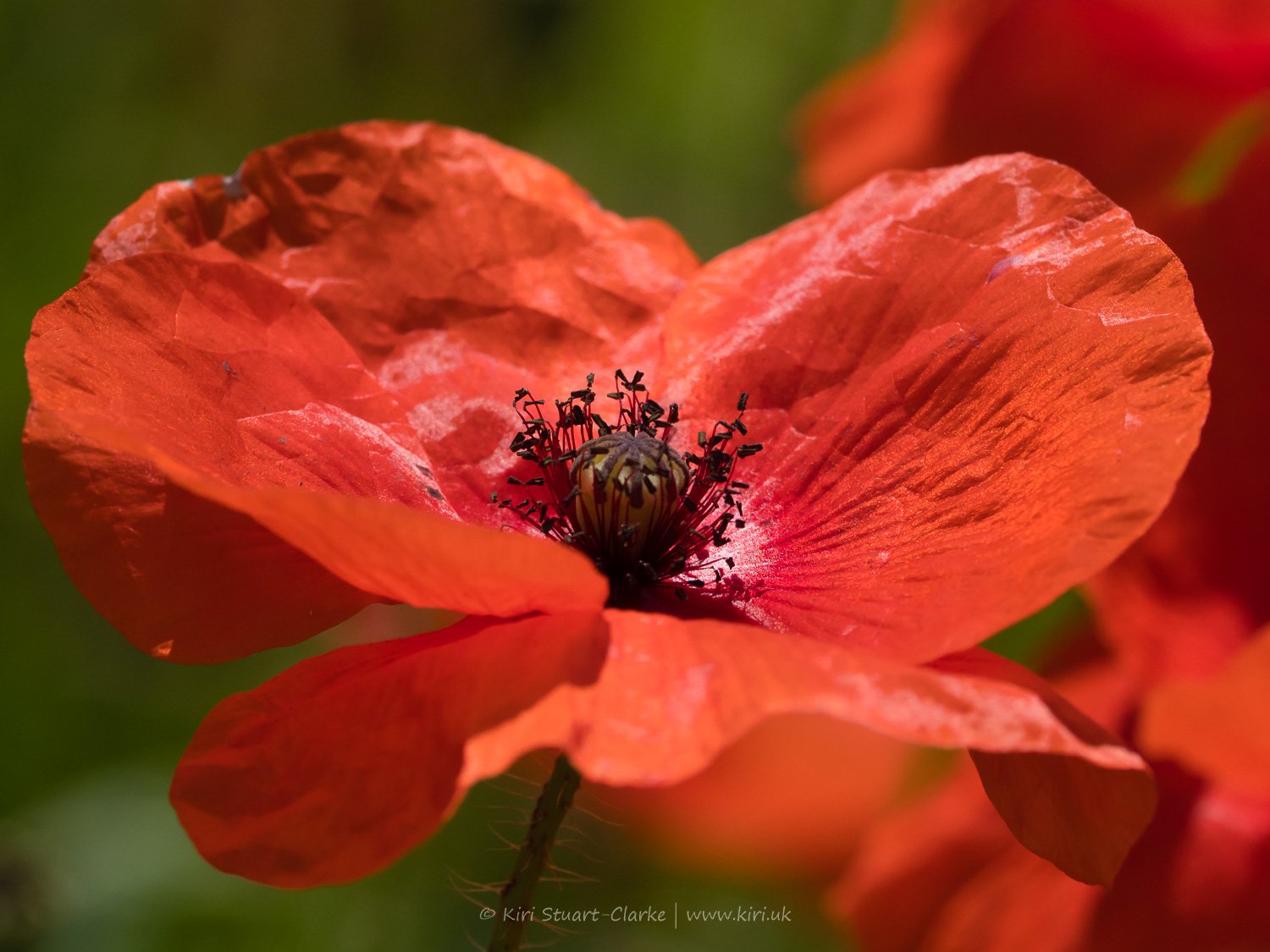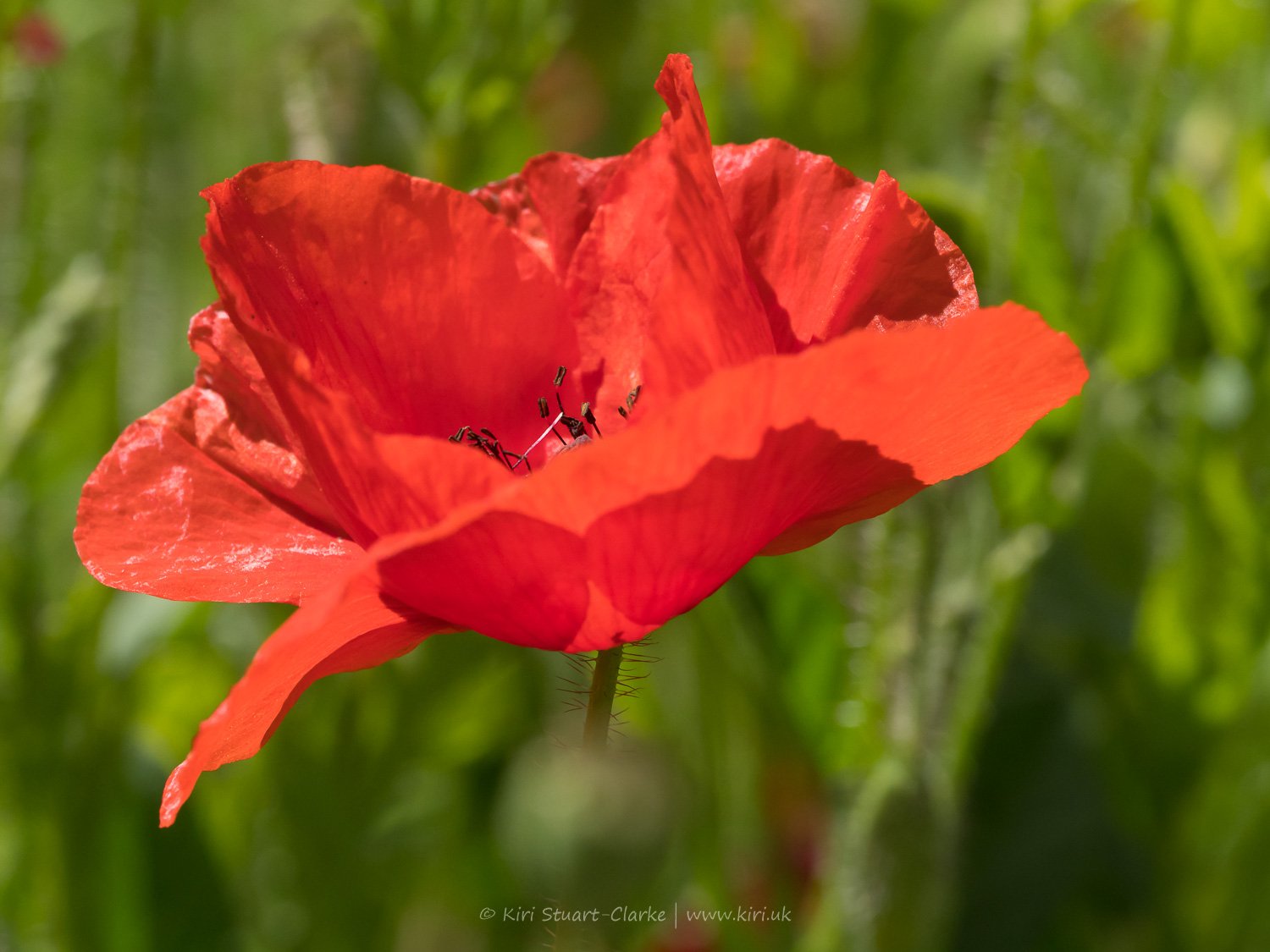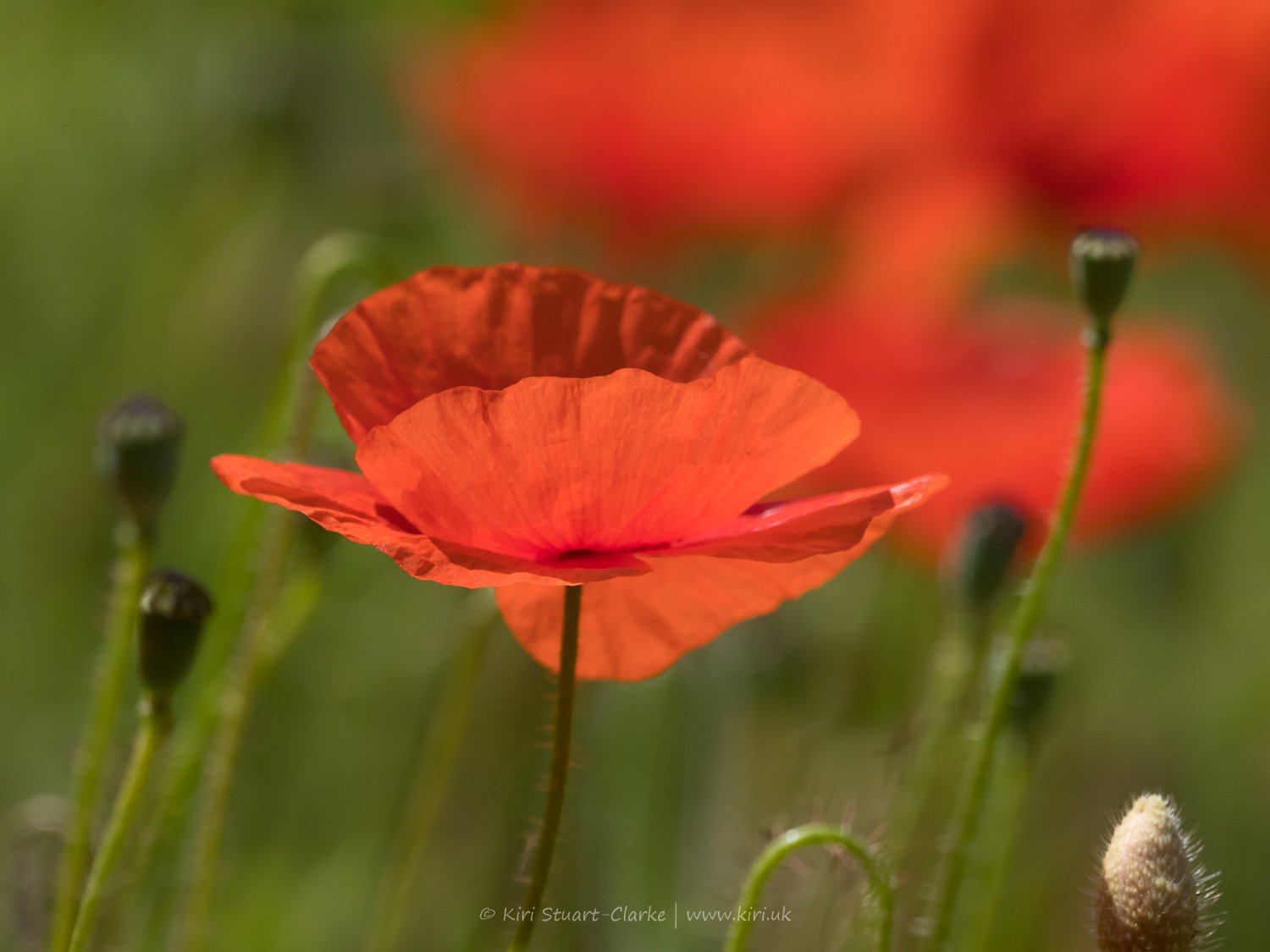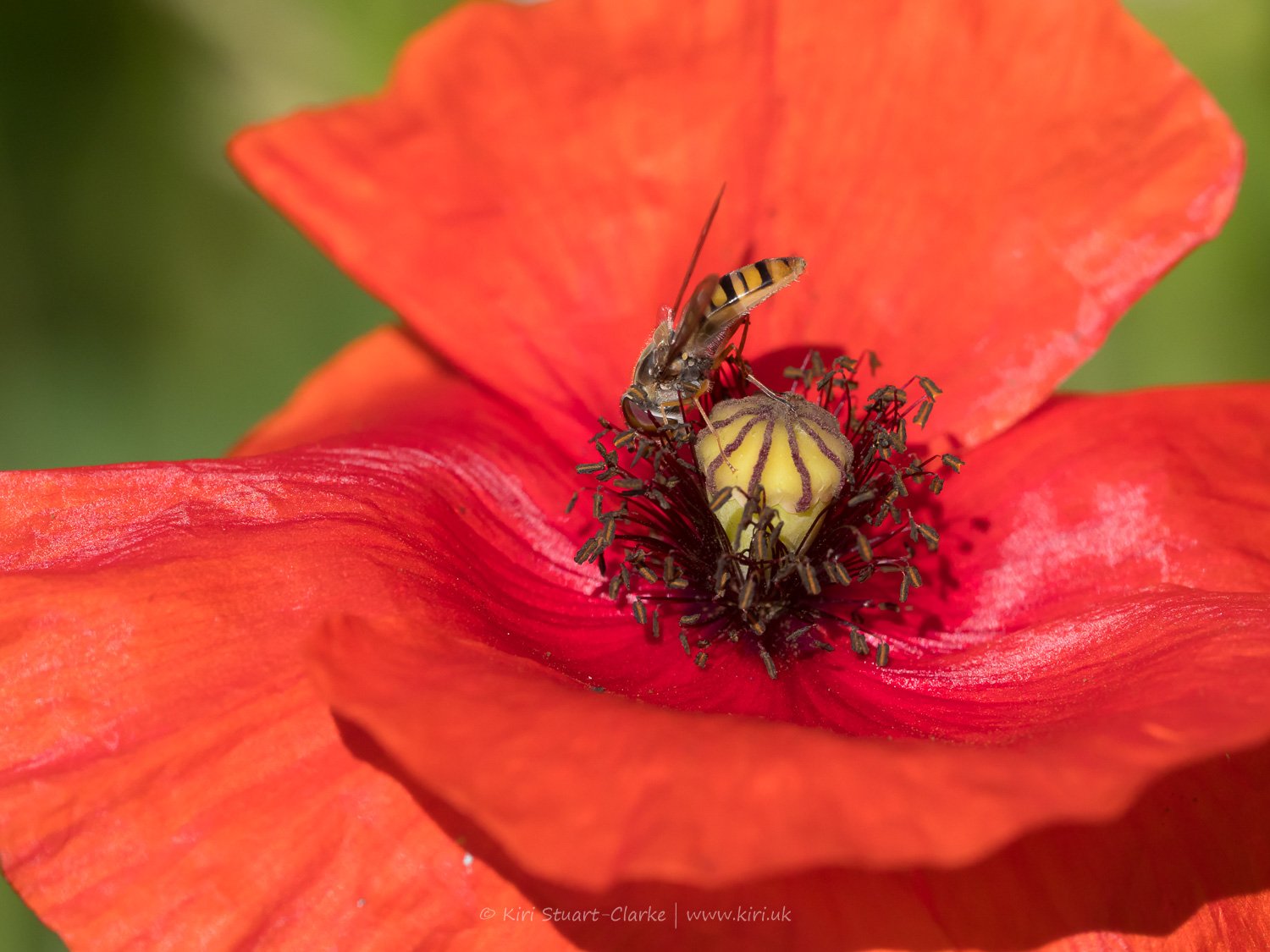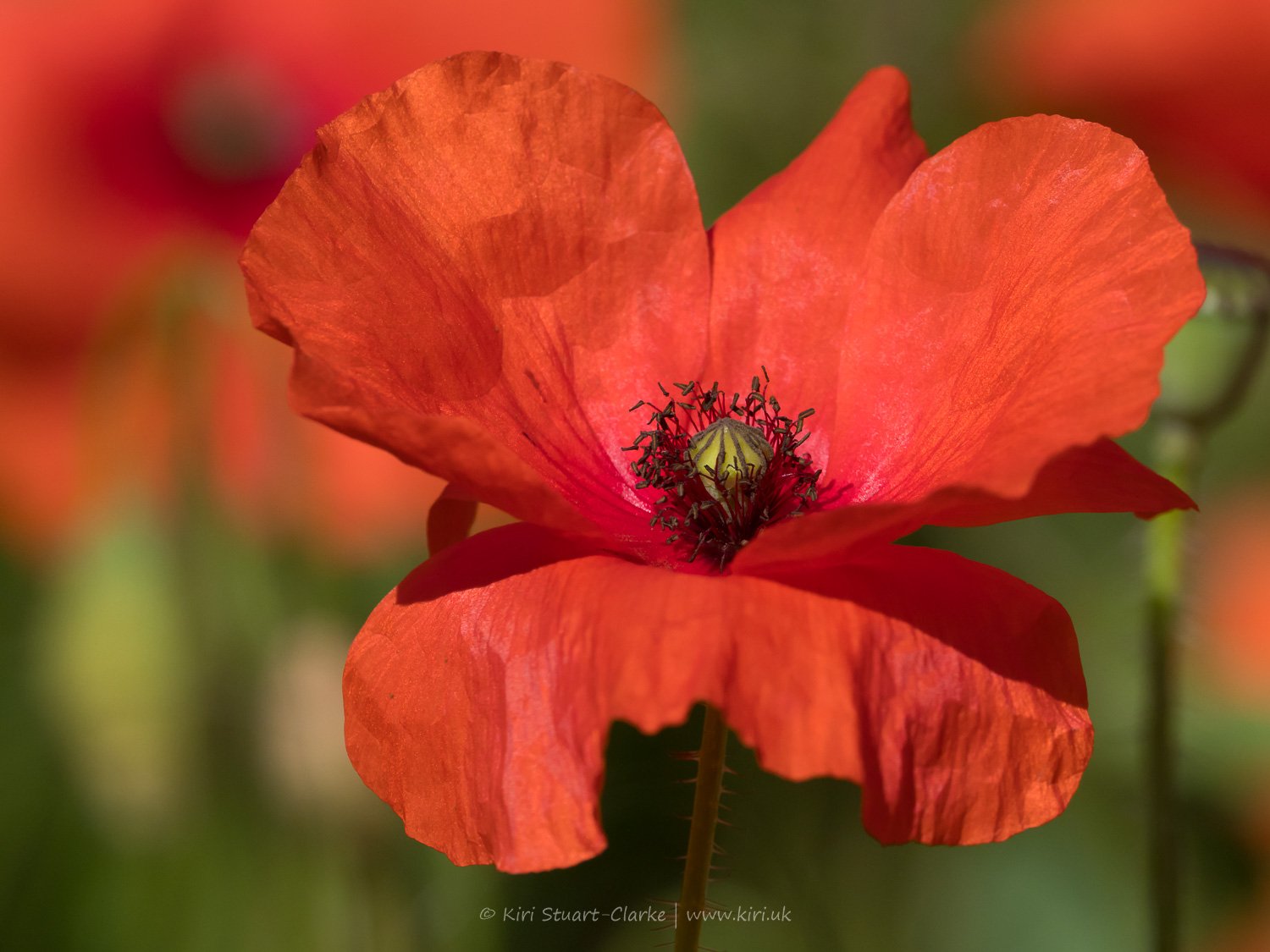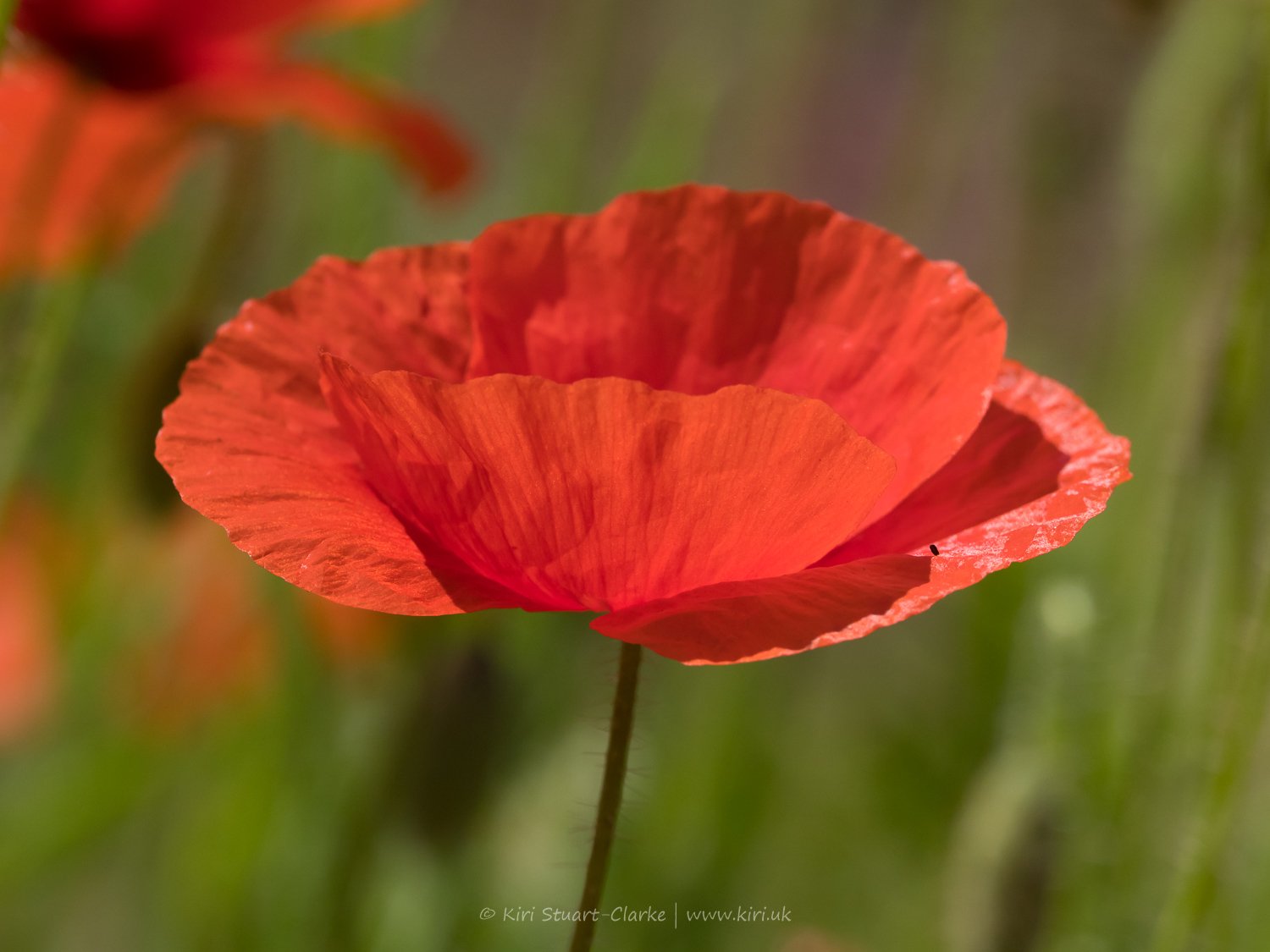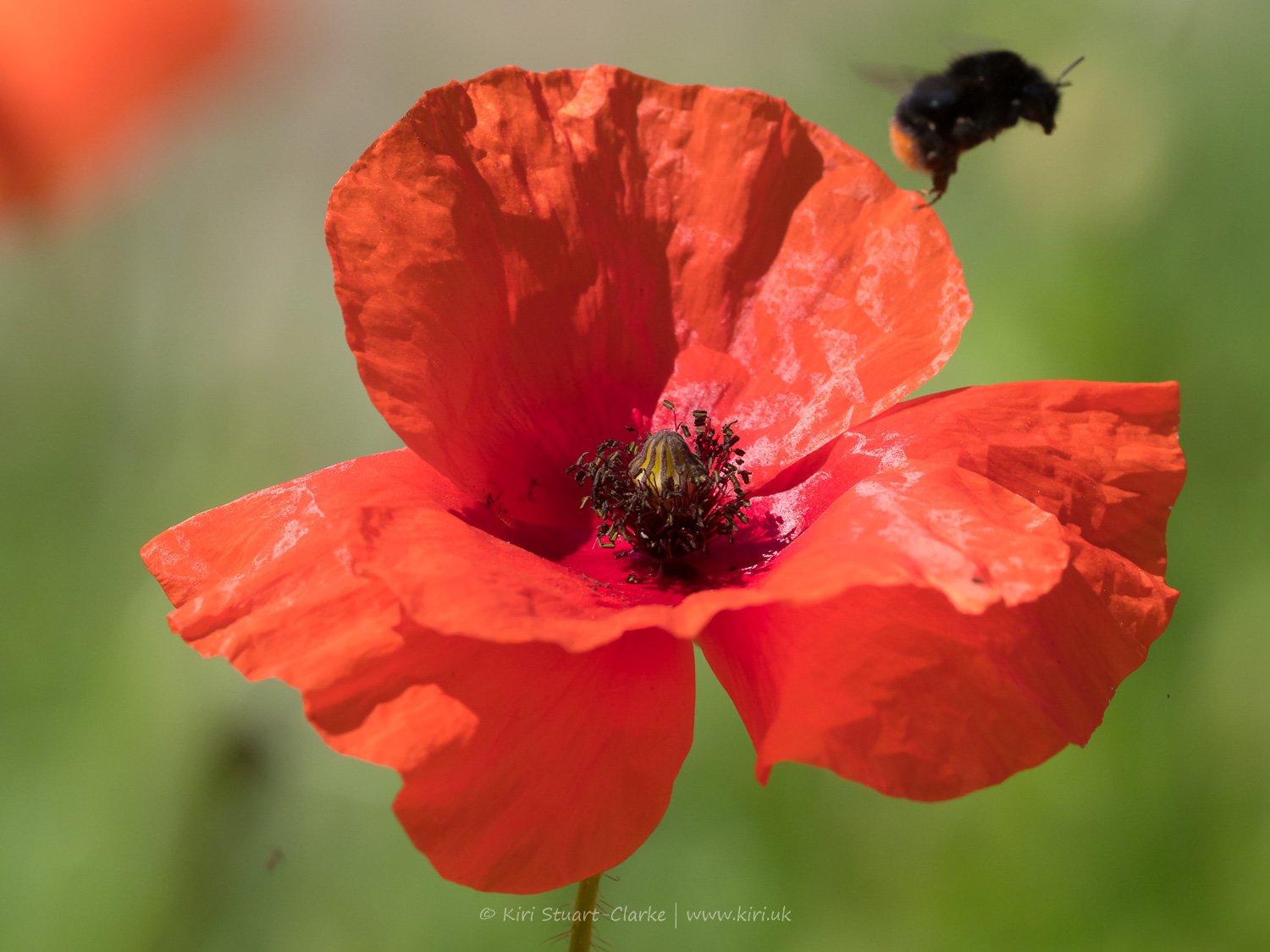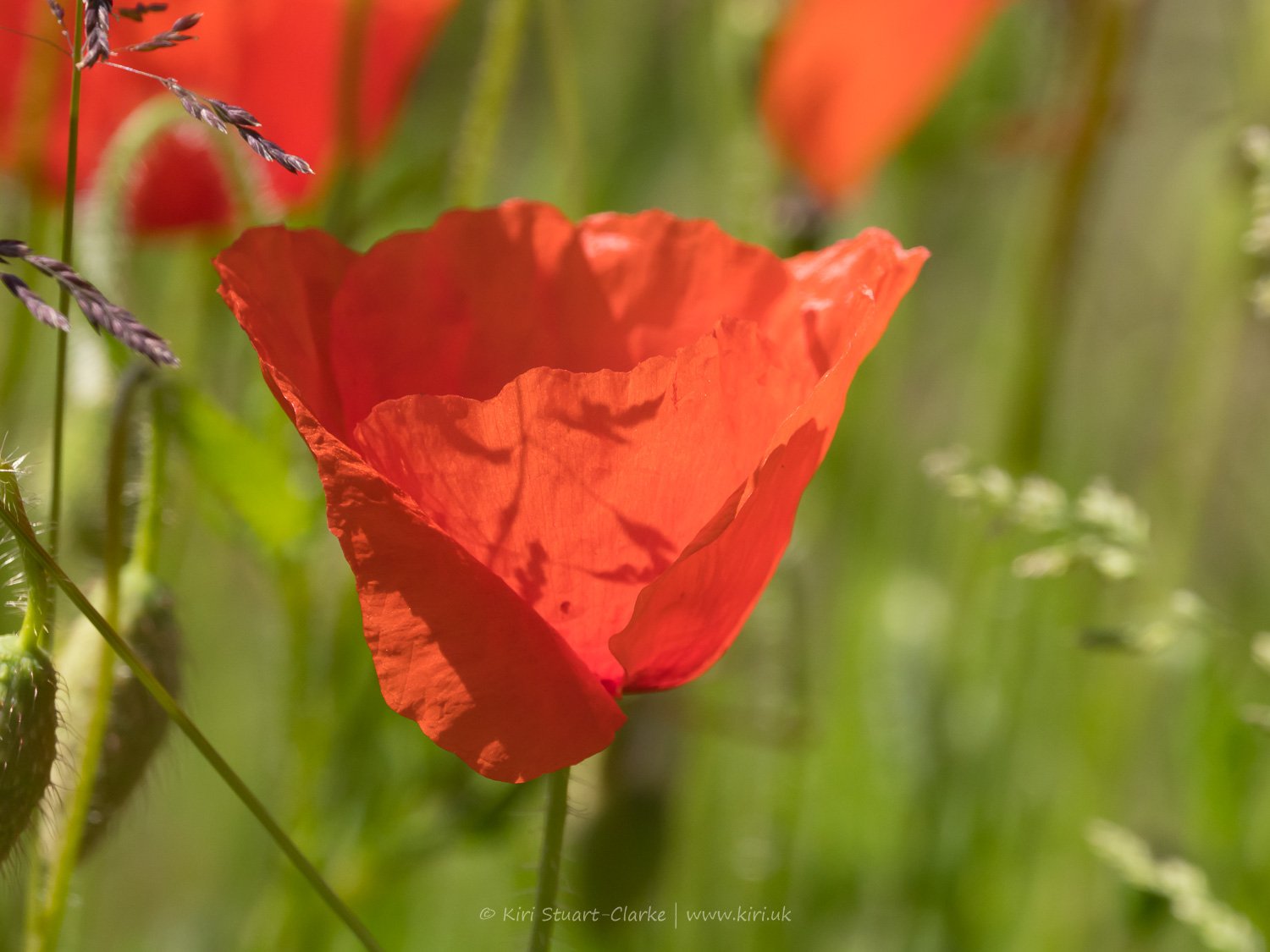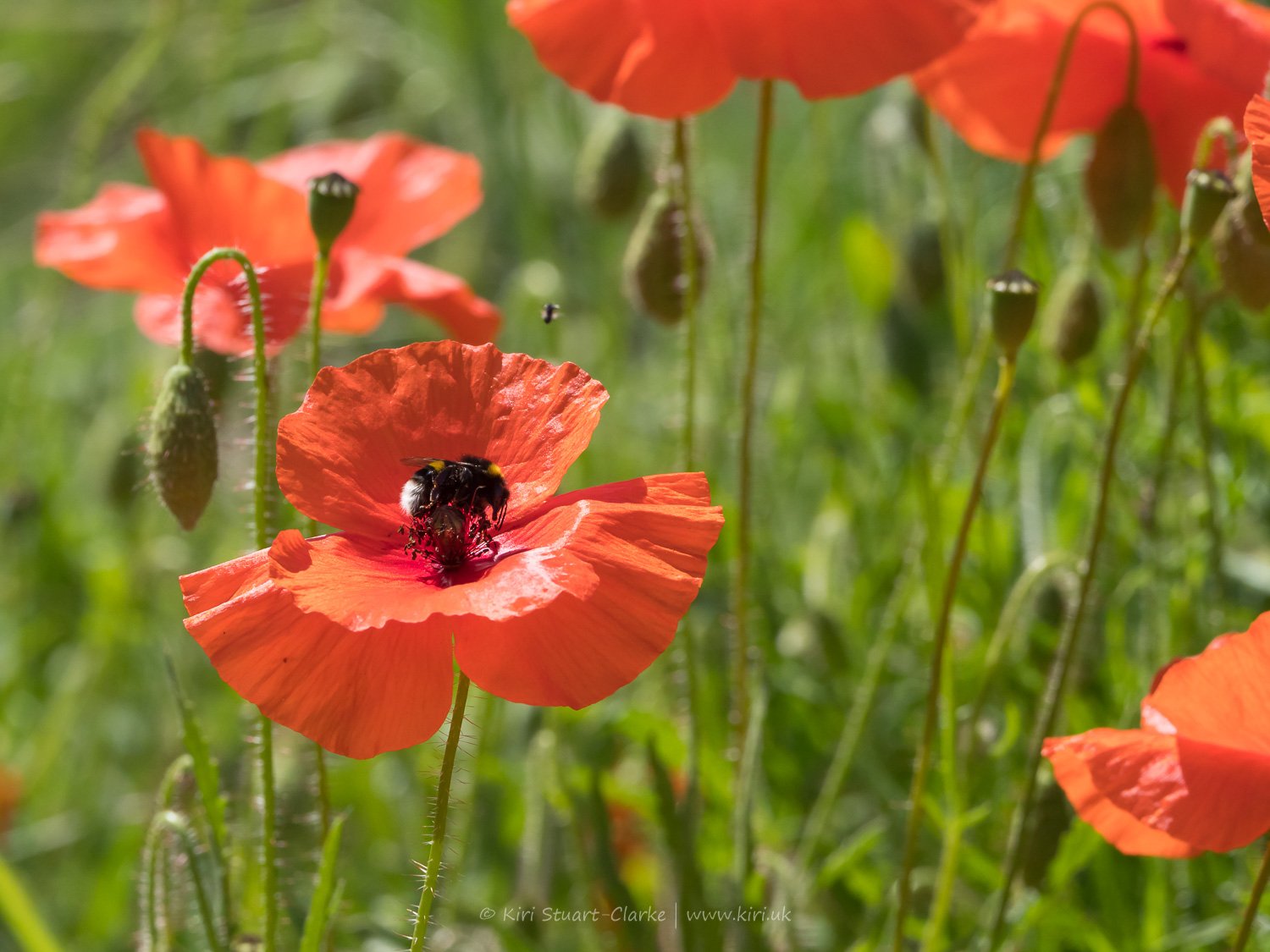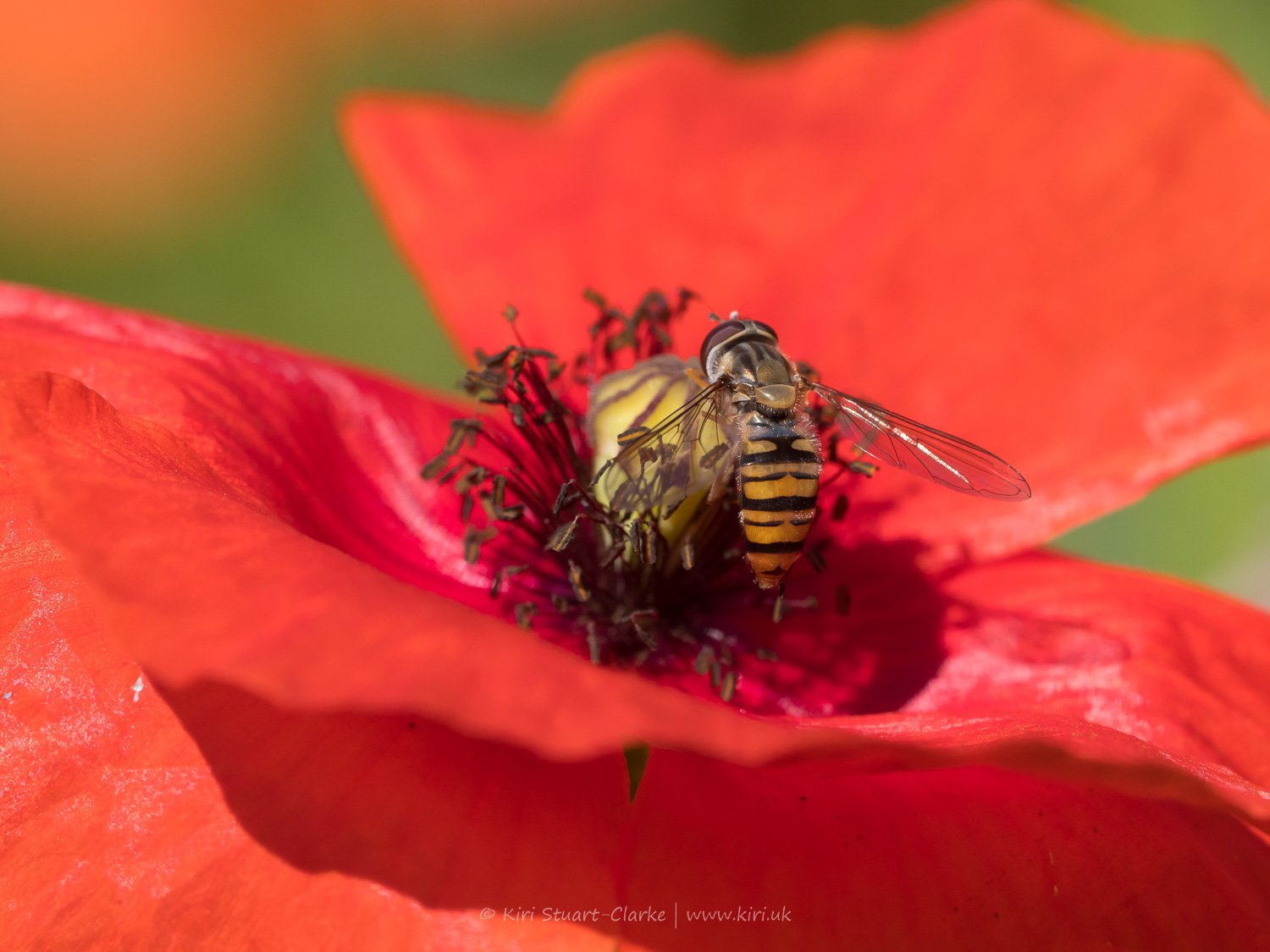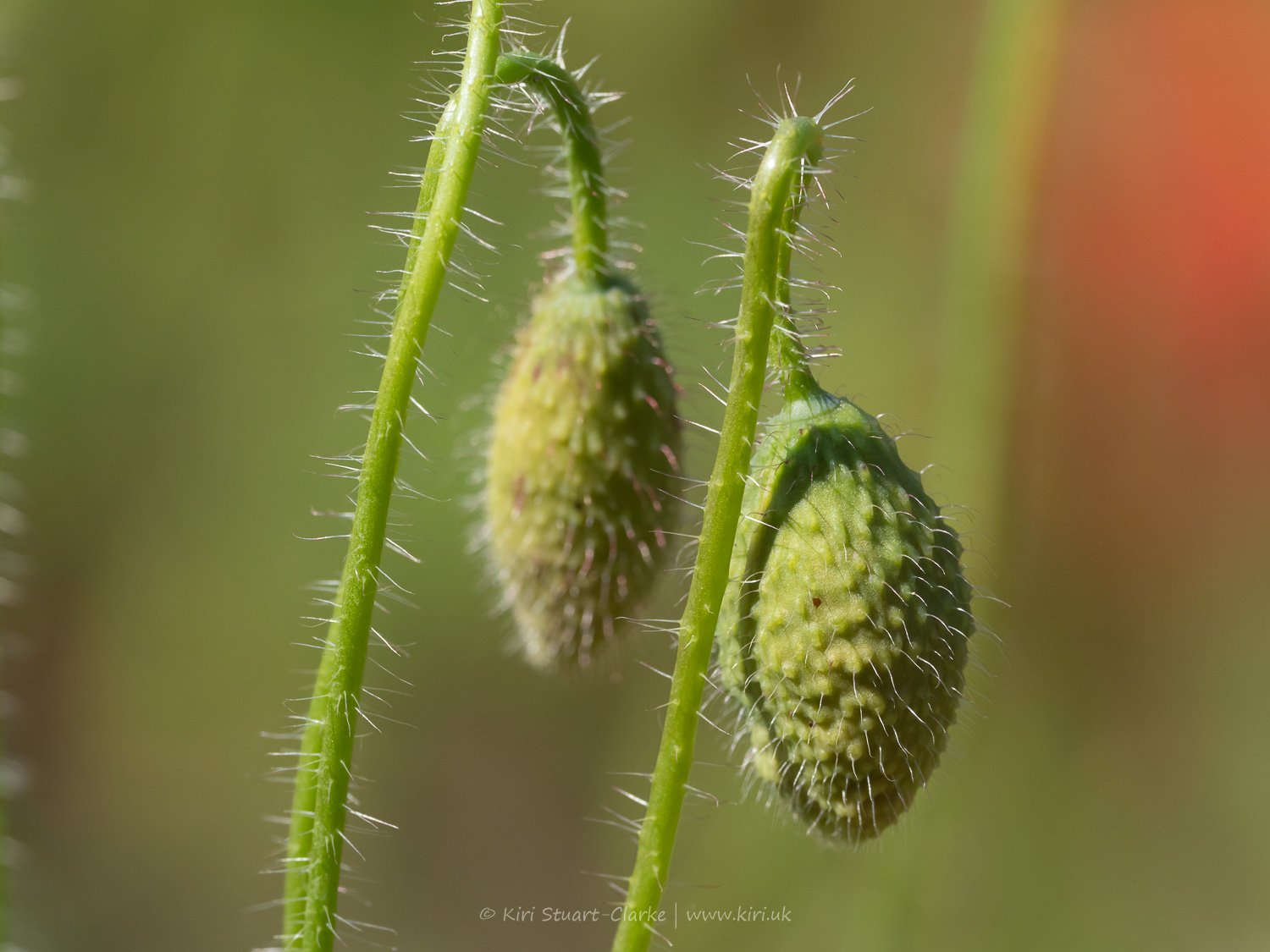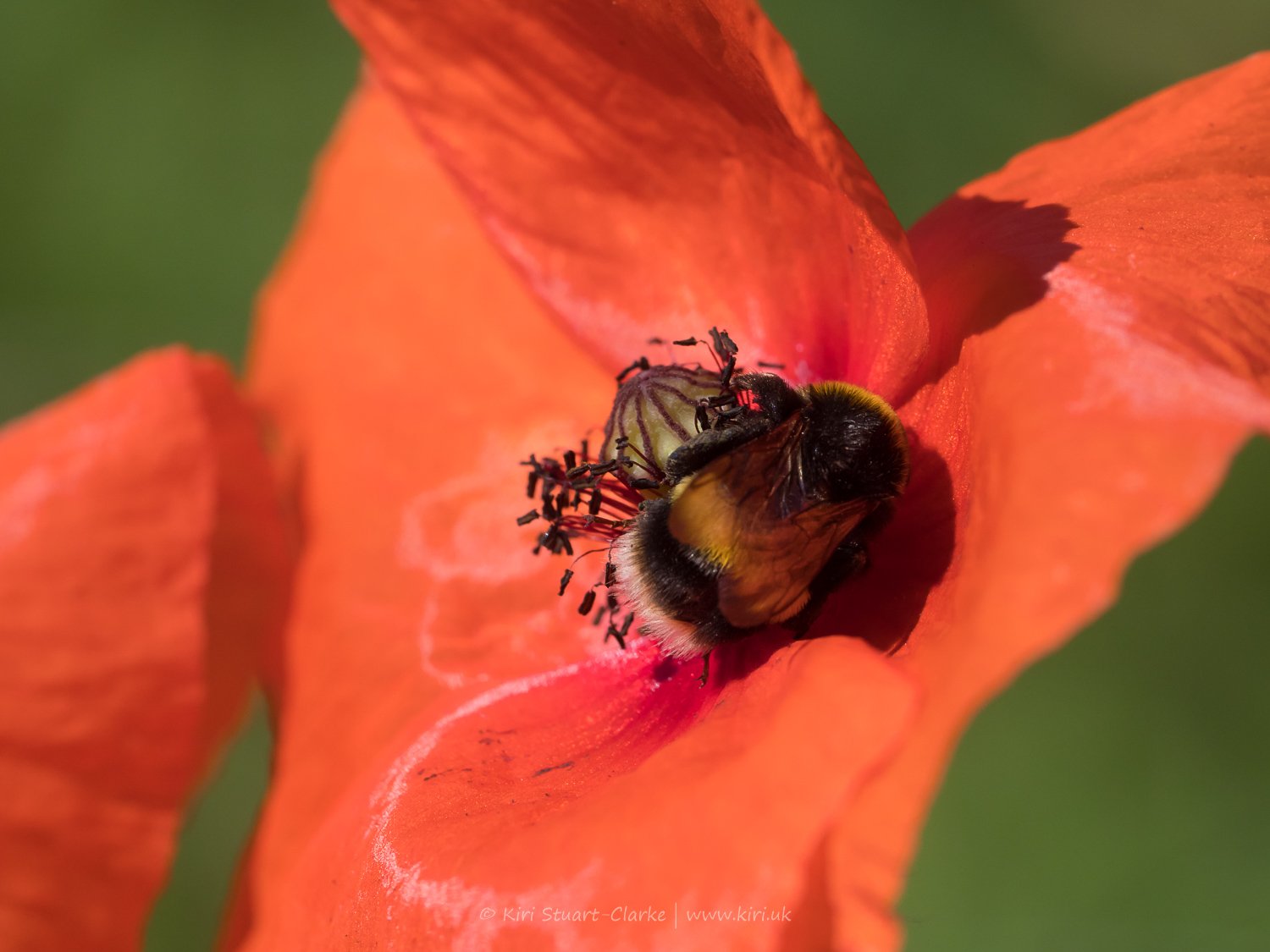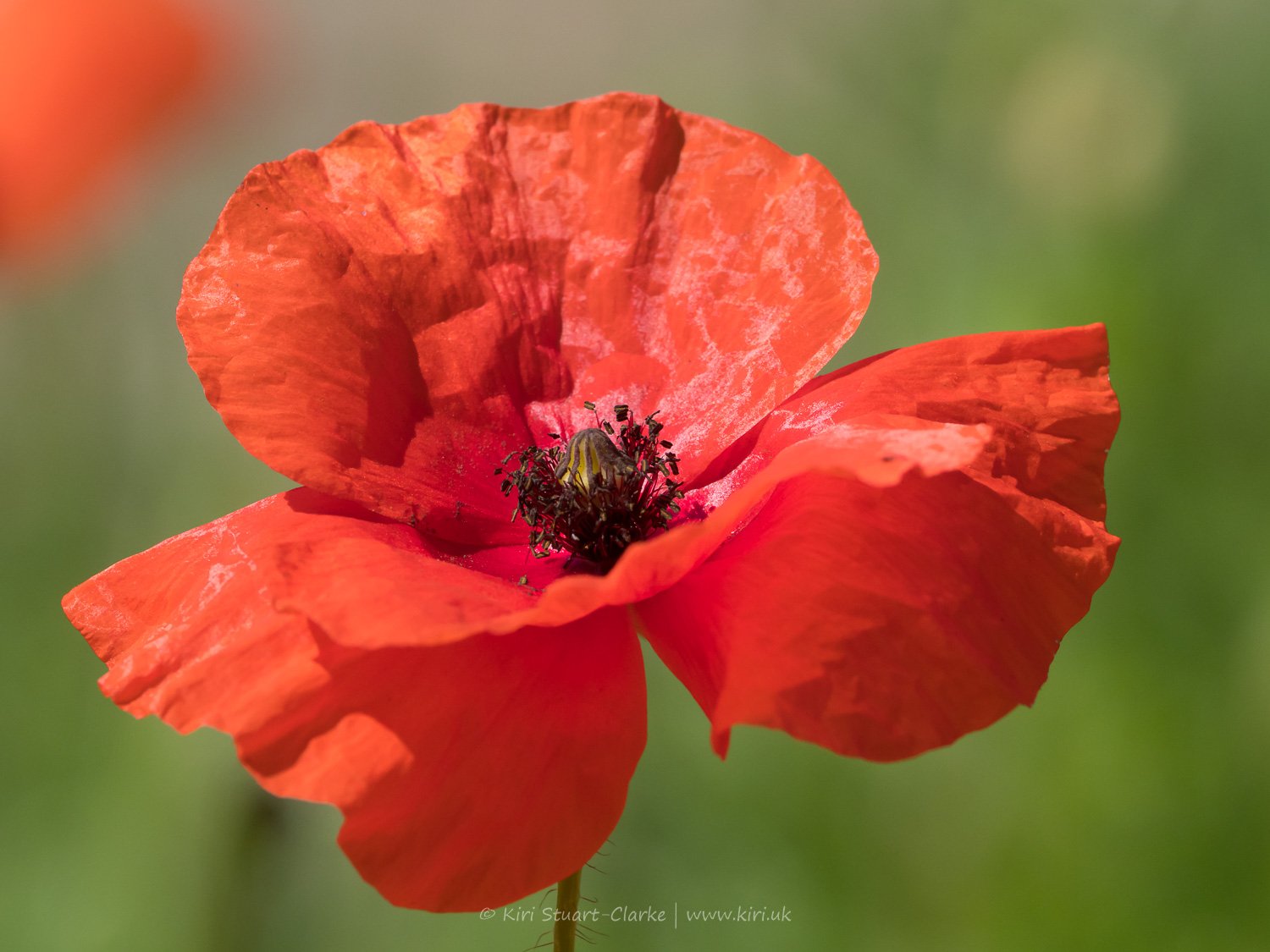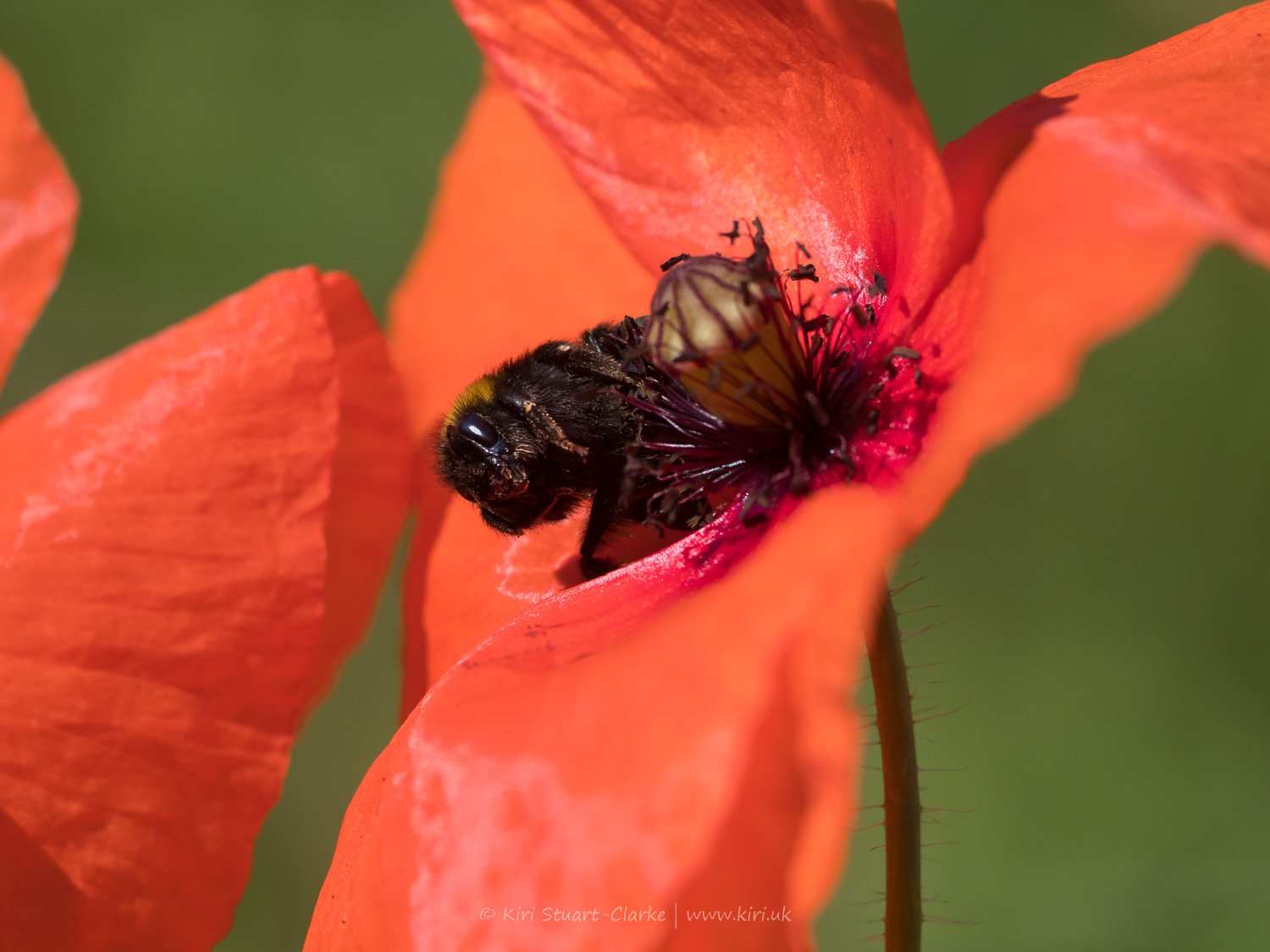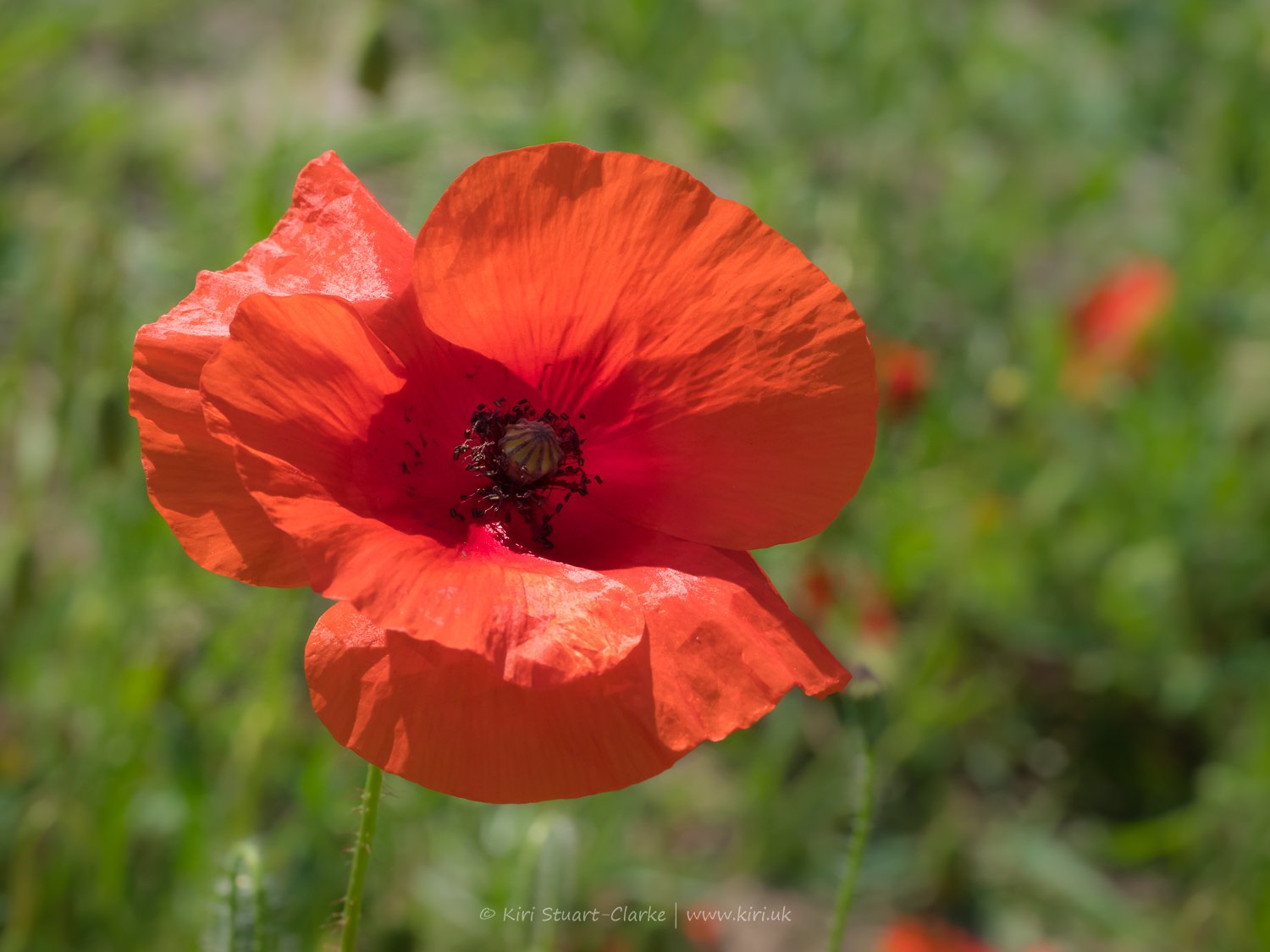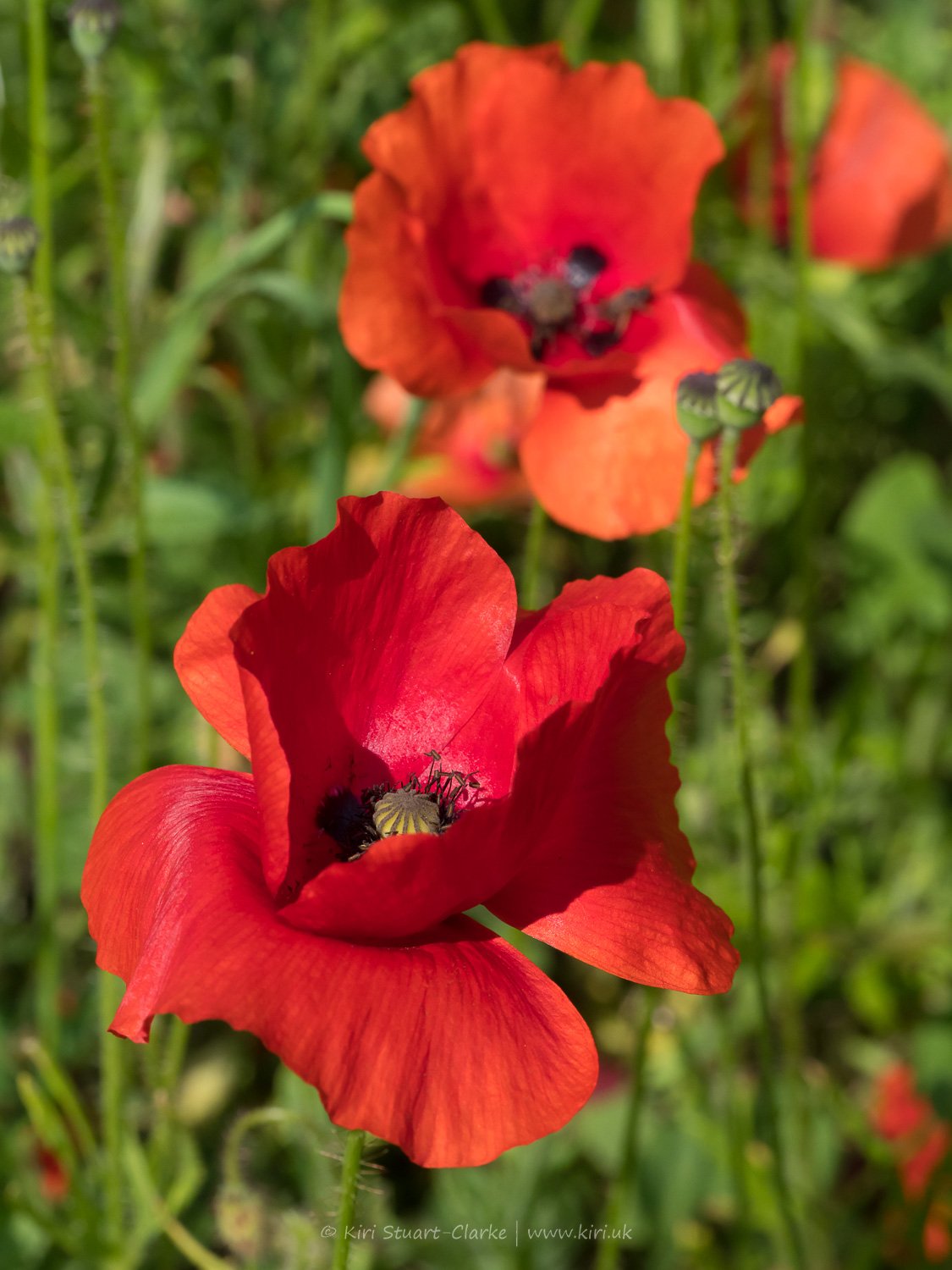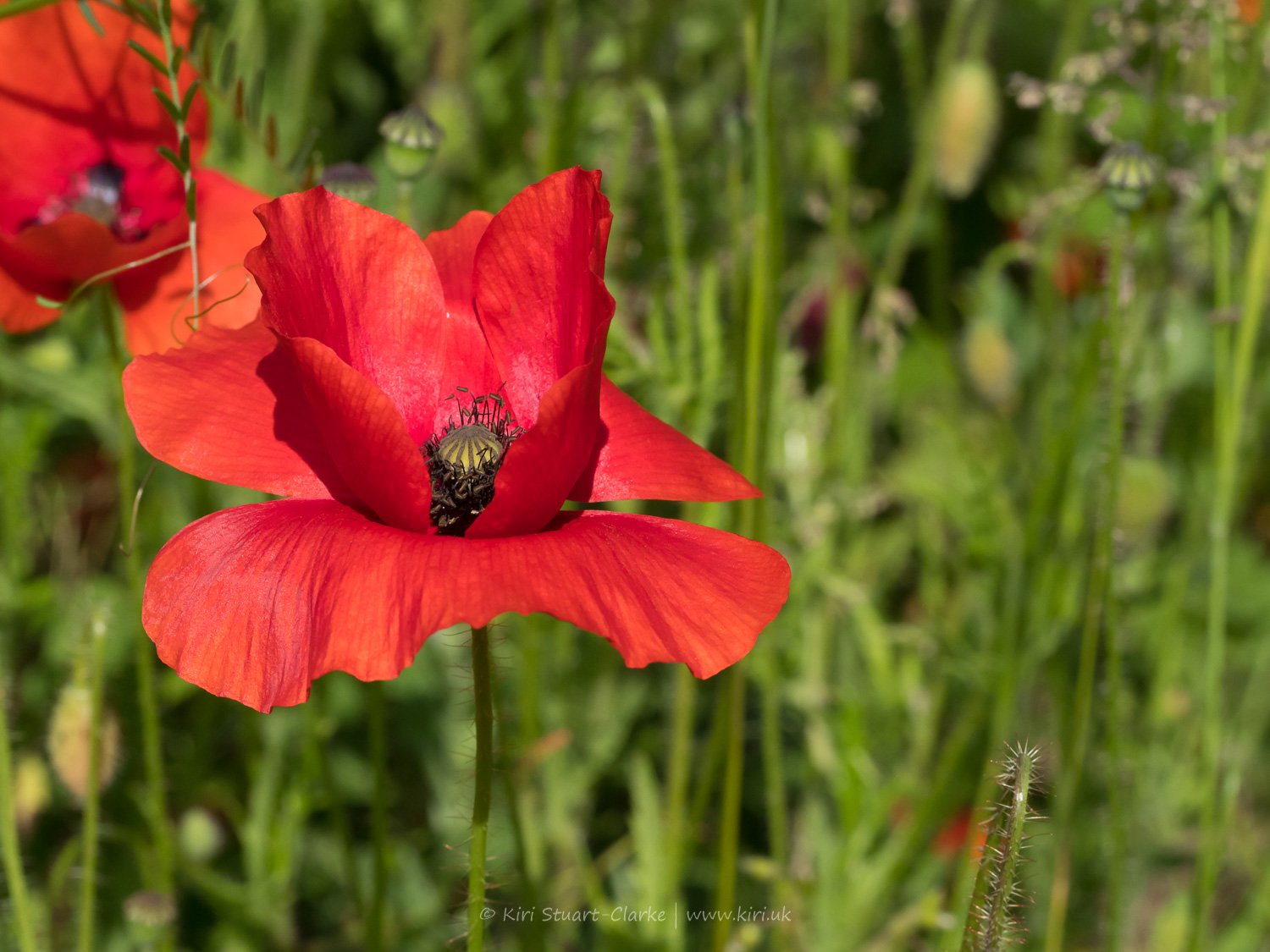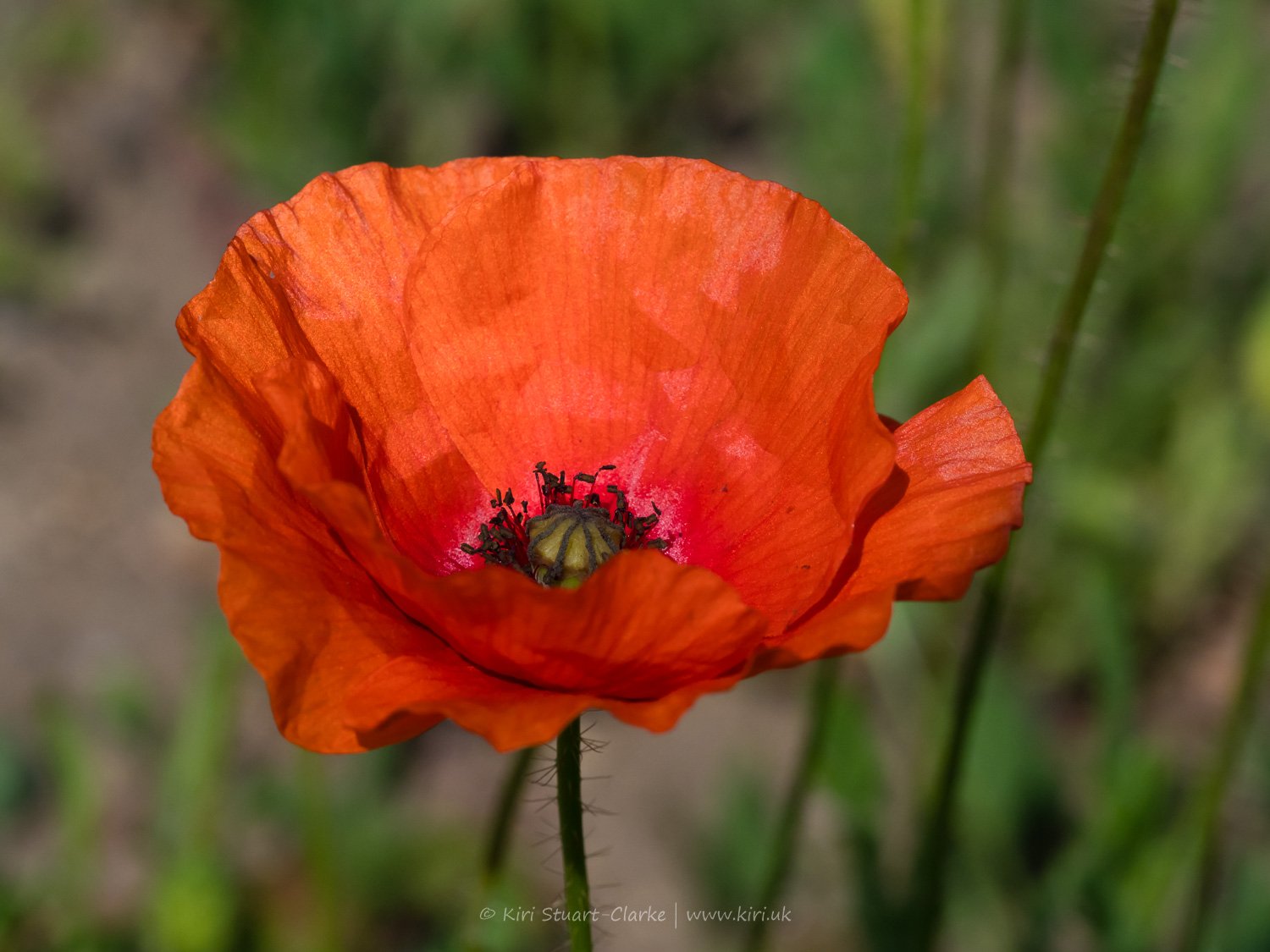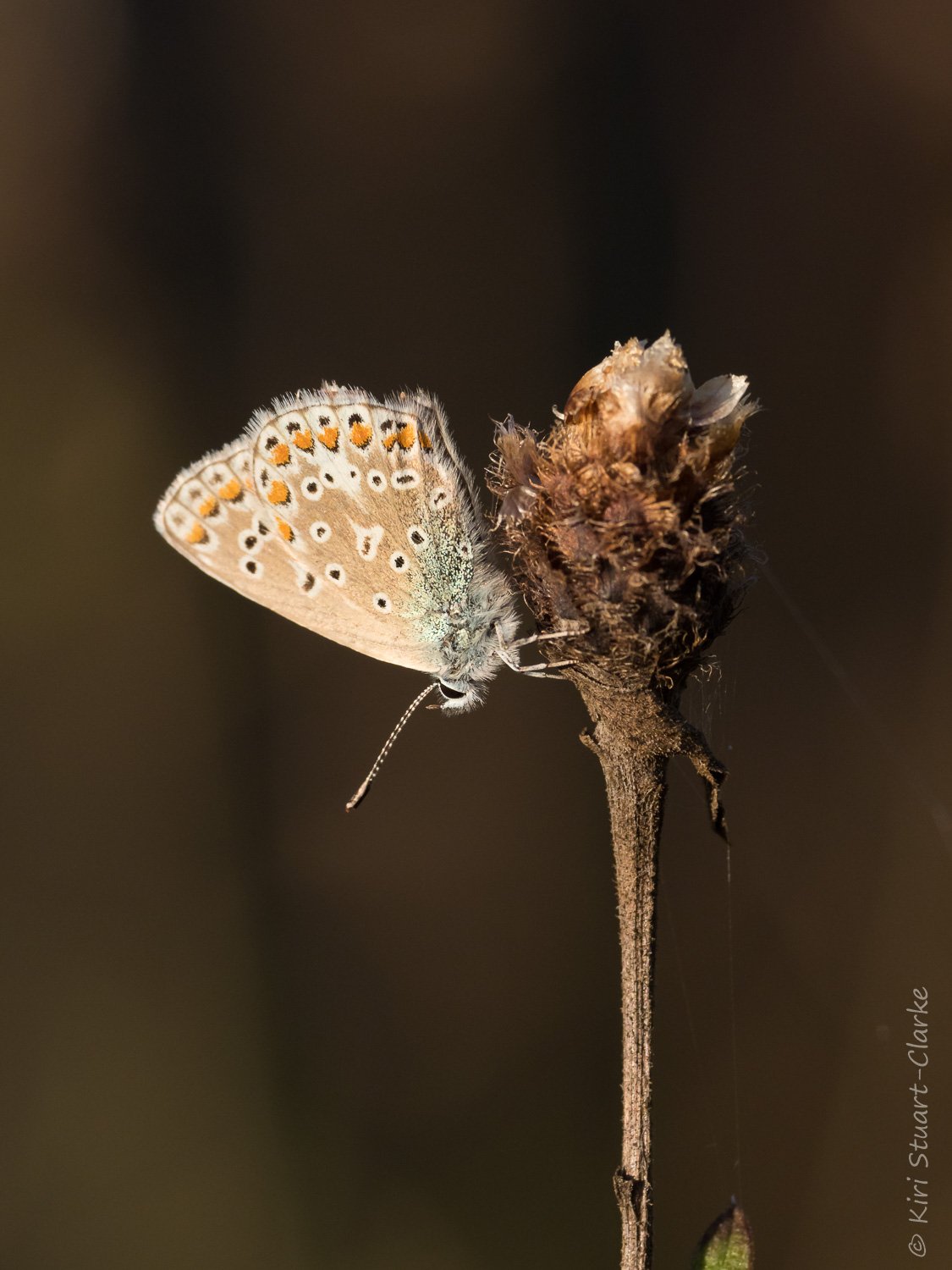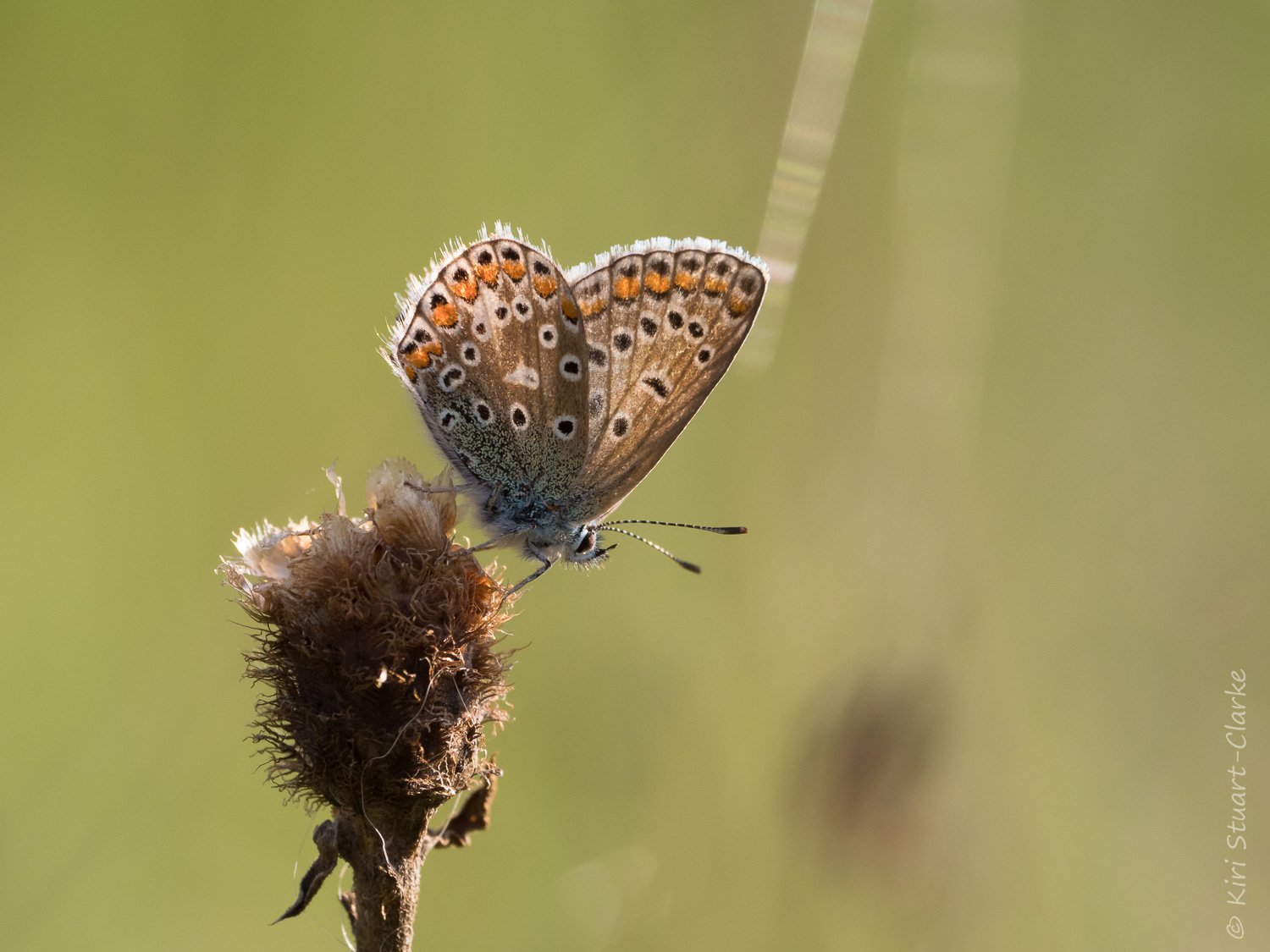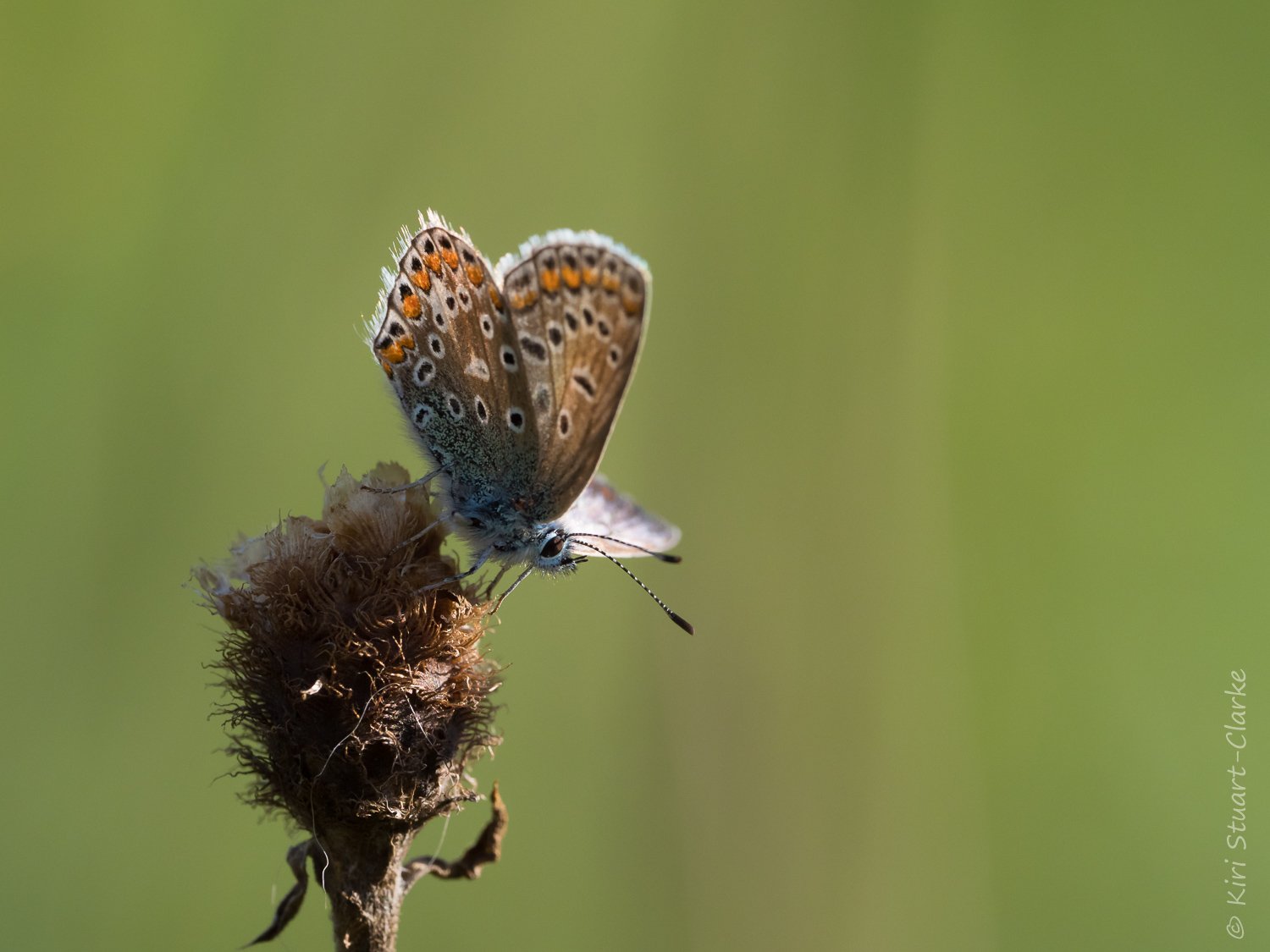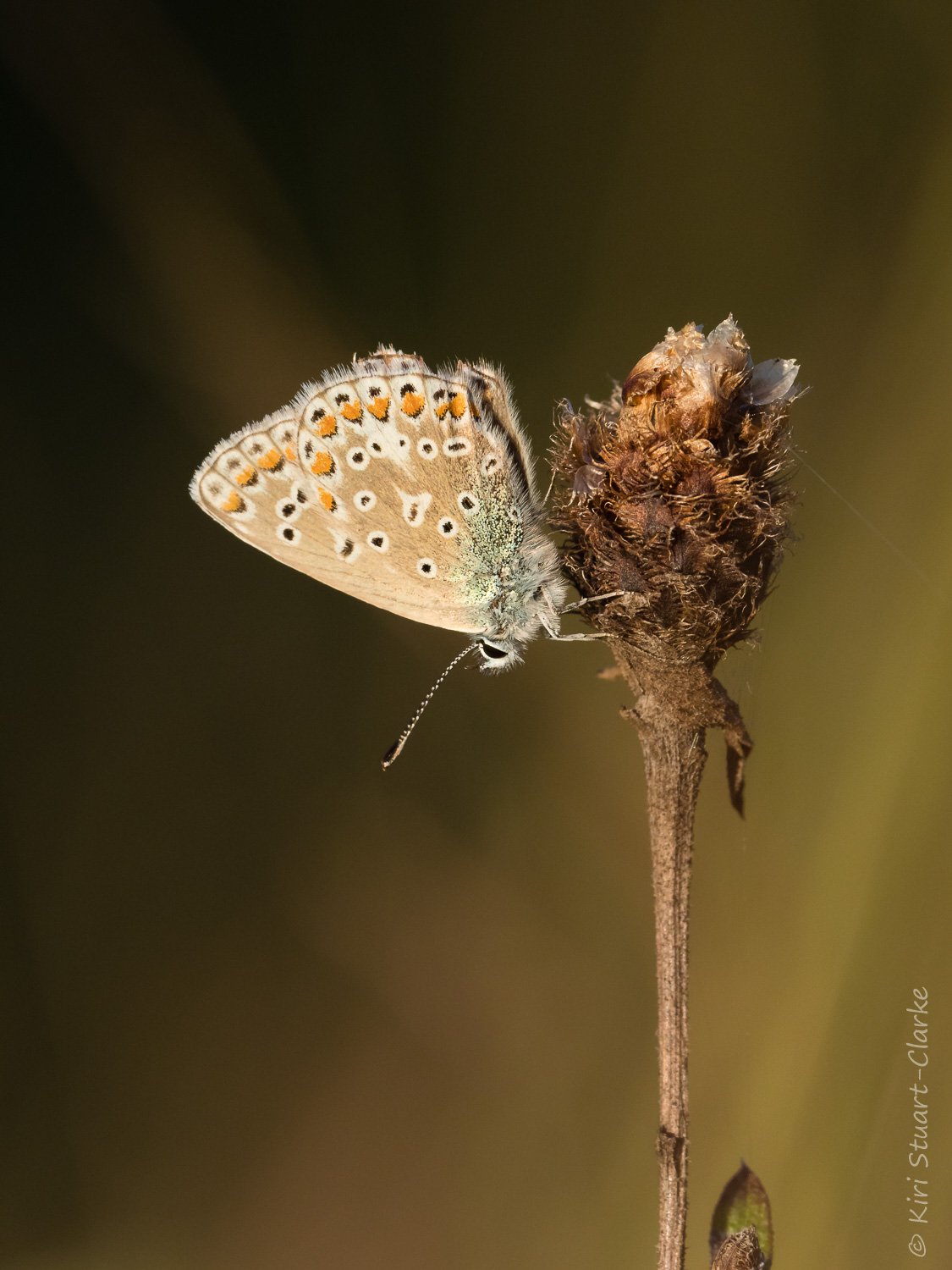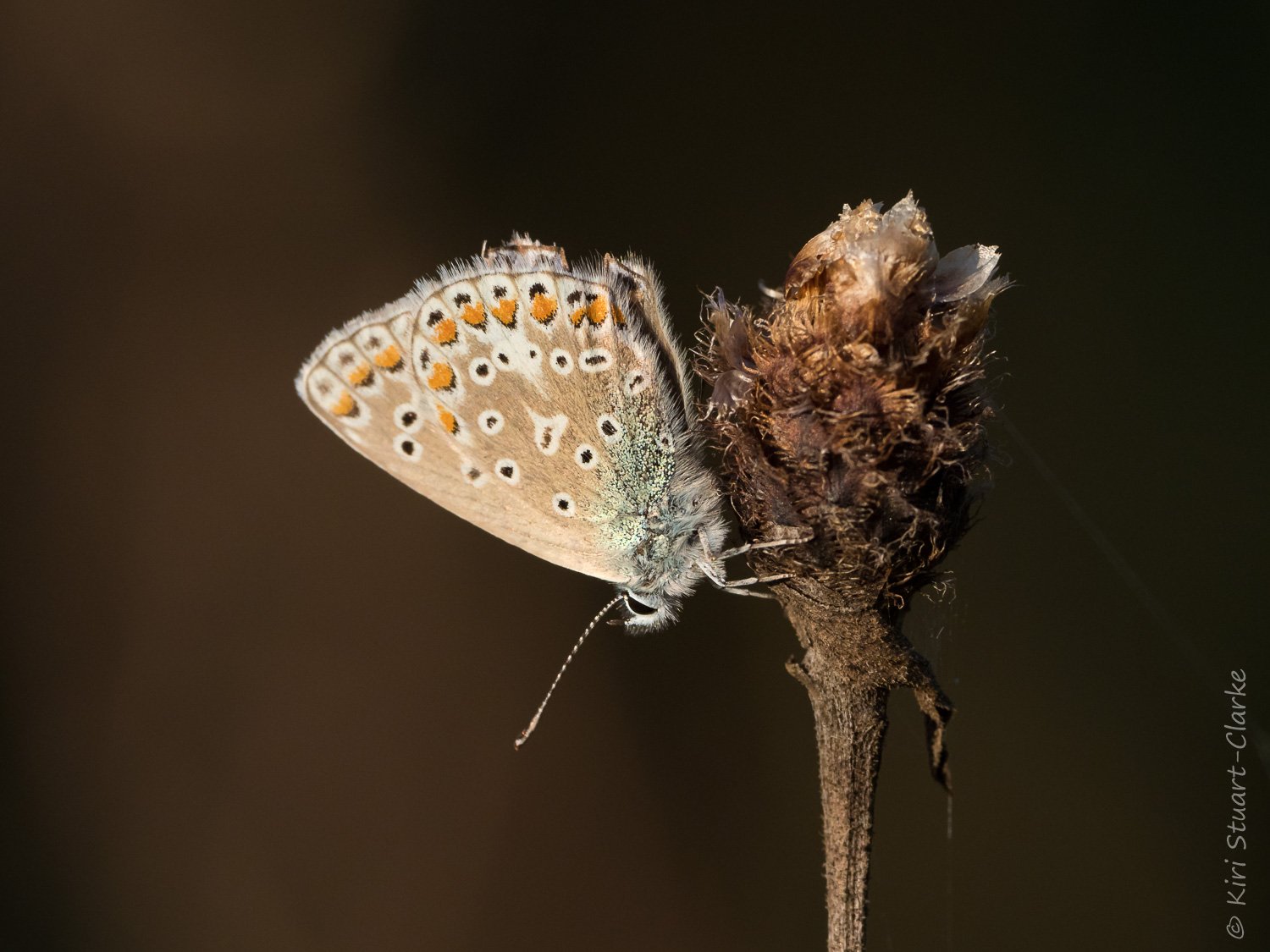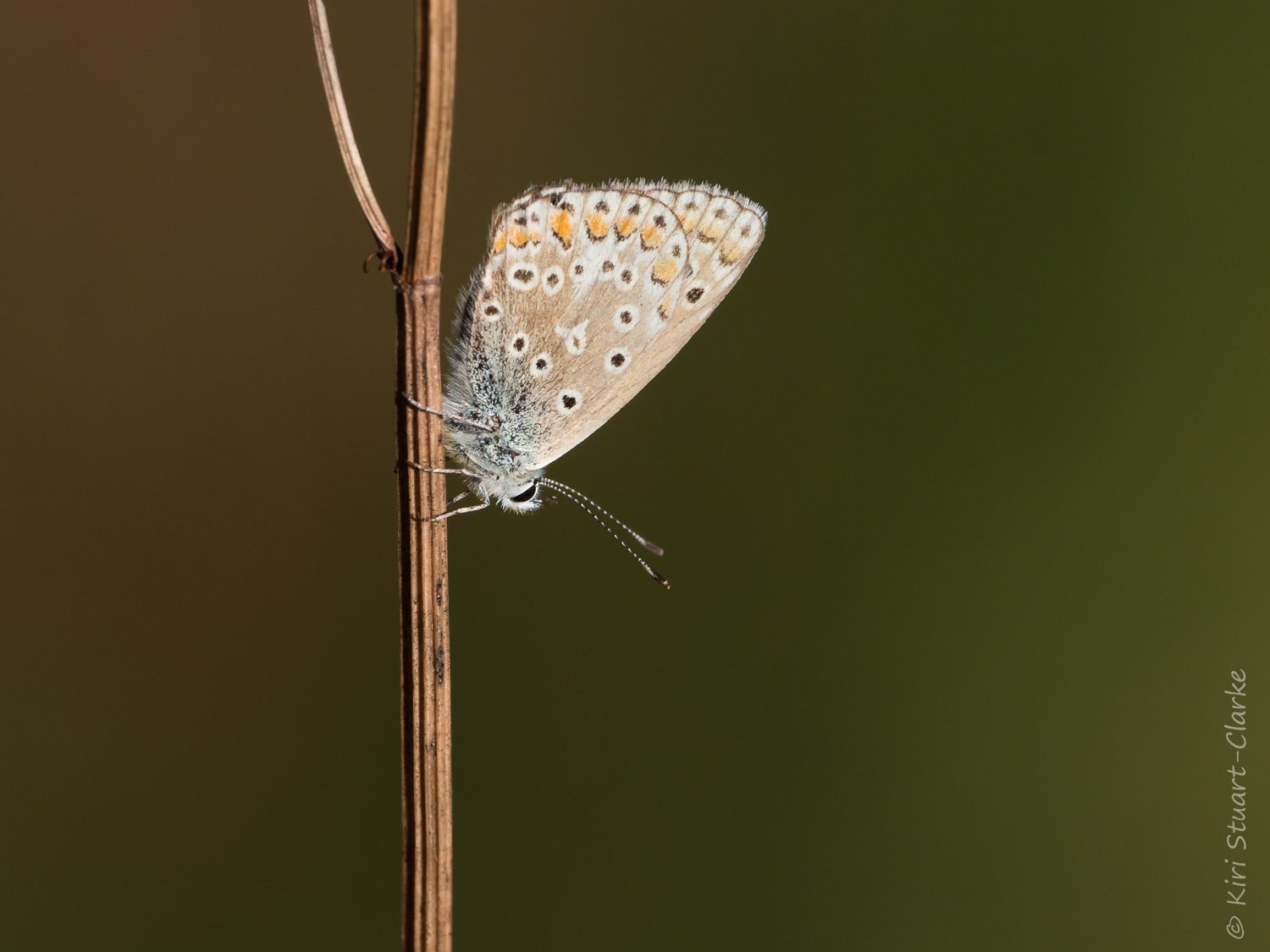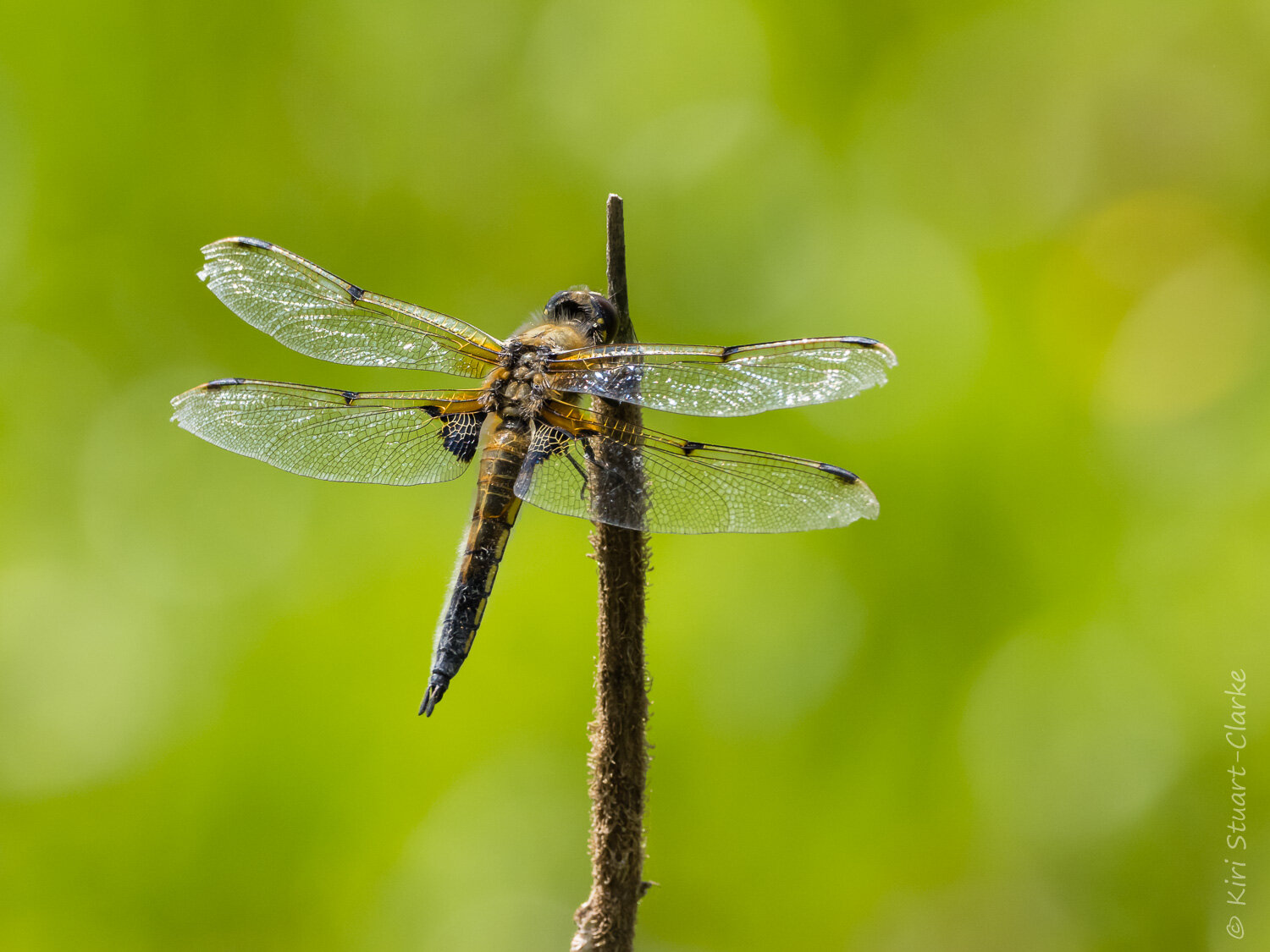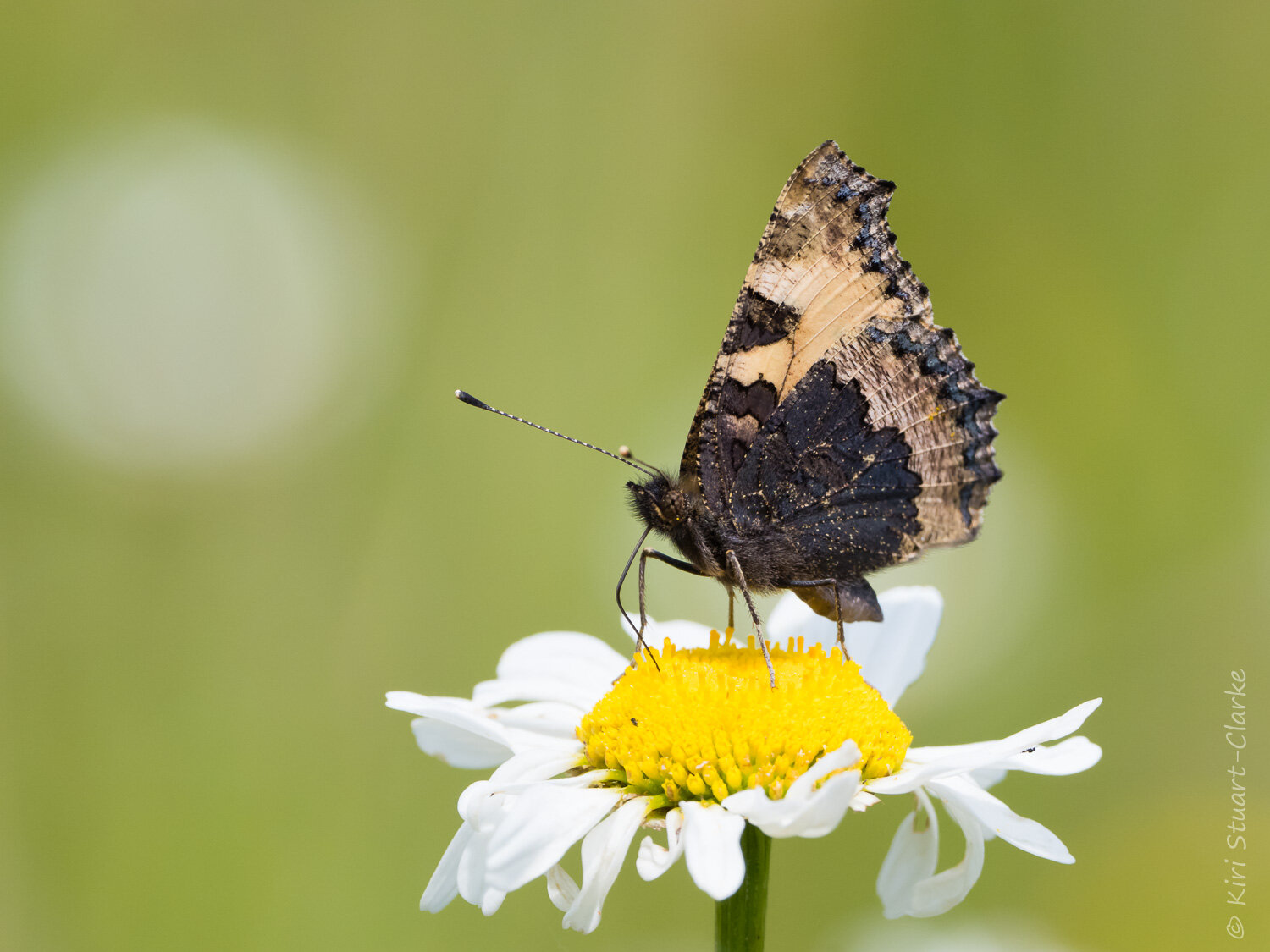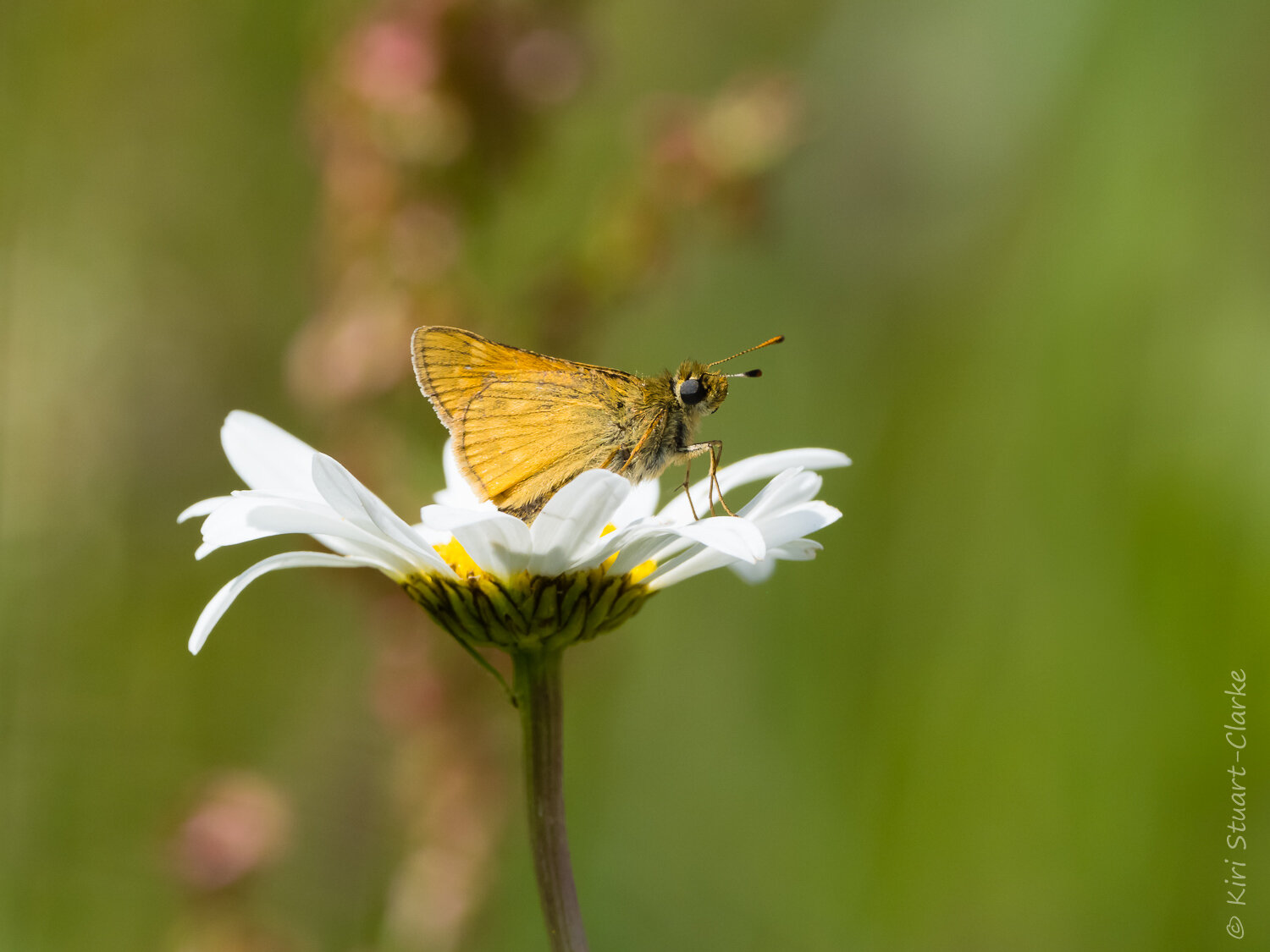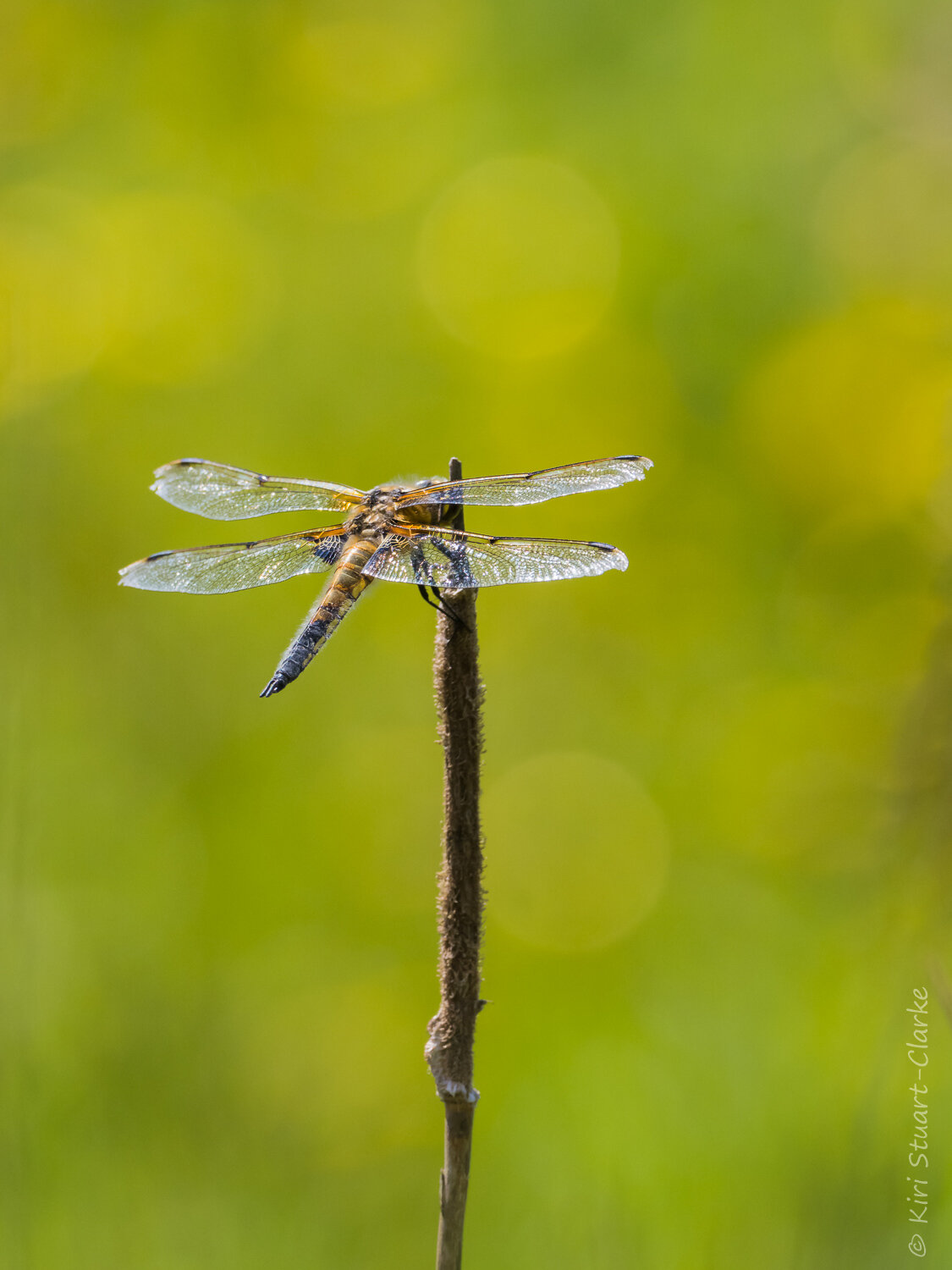Amusingly the Cowslip’s latin name Primula veris romantically deems it the “true” primrose, while its established English name more, ahem, rustically refers to its habit of growing near “cow’s slops” or cowpats in grazing pasture. It does have over two dozen pleasanter names in traditional folklore including other farming references such as Milk Maidens, descriptive names such as Freckled face, Golden Drops and Long legs as well as biblical names mentioning Mary or alluding to a myth that Cowslips sprang up where St Peter dropped the keys to heaven, perhaps in a cow pat!
Cowslips’ varied folklore names include: Artetyke, Arthritica, Buckles, Bunch of keys, Crewel, Drelip, Fairy Cups, Fairies' flower, Freckled face, Golden drops, Herb Peter, Hey-flower, Paigle, Peggle, Key Flower, Key of Heaven, Lady's fingers, Long legs, Milk maidens, Mayflower, Mary's tears, Our Lady's Keys, Palsywort, Password, Petty Mulleins, Plumrocks, Tisty-tosty. Welsh: dagrau Mair meaning Mary's tears, Anglo-Saxon: Cuy lippe, Greek: Paralysio.
The Cowslip has a rich cultural and culinary history too; traditionally it decorated Mayday garlands and was strewn along churchyard pathways at weddings and religious festivals. The Cowslip was used medicinally to aid sleep and heal coughs as well as to make Cowslip wine and “Tisty-tosty”, little balls of crushed up Cowslip flowers.
In the literary world the Cowslip’s honours include mentions in Shakespeare’s “The Tempest” and “Henry V” plays as well as featuring in Keats’ poem of Springtime romance “Hither, hither love”.
Hither, hither, love —
‘Tis a shady mead —
Hither, hither, love!
Let us feed and feed!
Hither, hither, sweet —
’Tis a cowslip bed —
Hither, hither, sweet!
'Tis with dew bespread!
Hither, hither, dear —
By the breath of life —
Hither, hither, dear!
Be the summer’s wife!
Though one moment’s pleasure
In one moment flies —
Though the passion’s treasure
In one moment dies —
Yet it has not passed —
Think how near, how near! —
And while it doth last,
Think how dear, how dear!
Hither, hither, hither
Love its boon has sent —
If I die and wither
I shall die content!
John Keats

